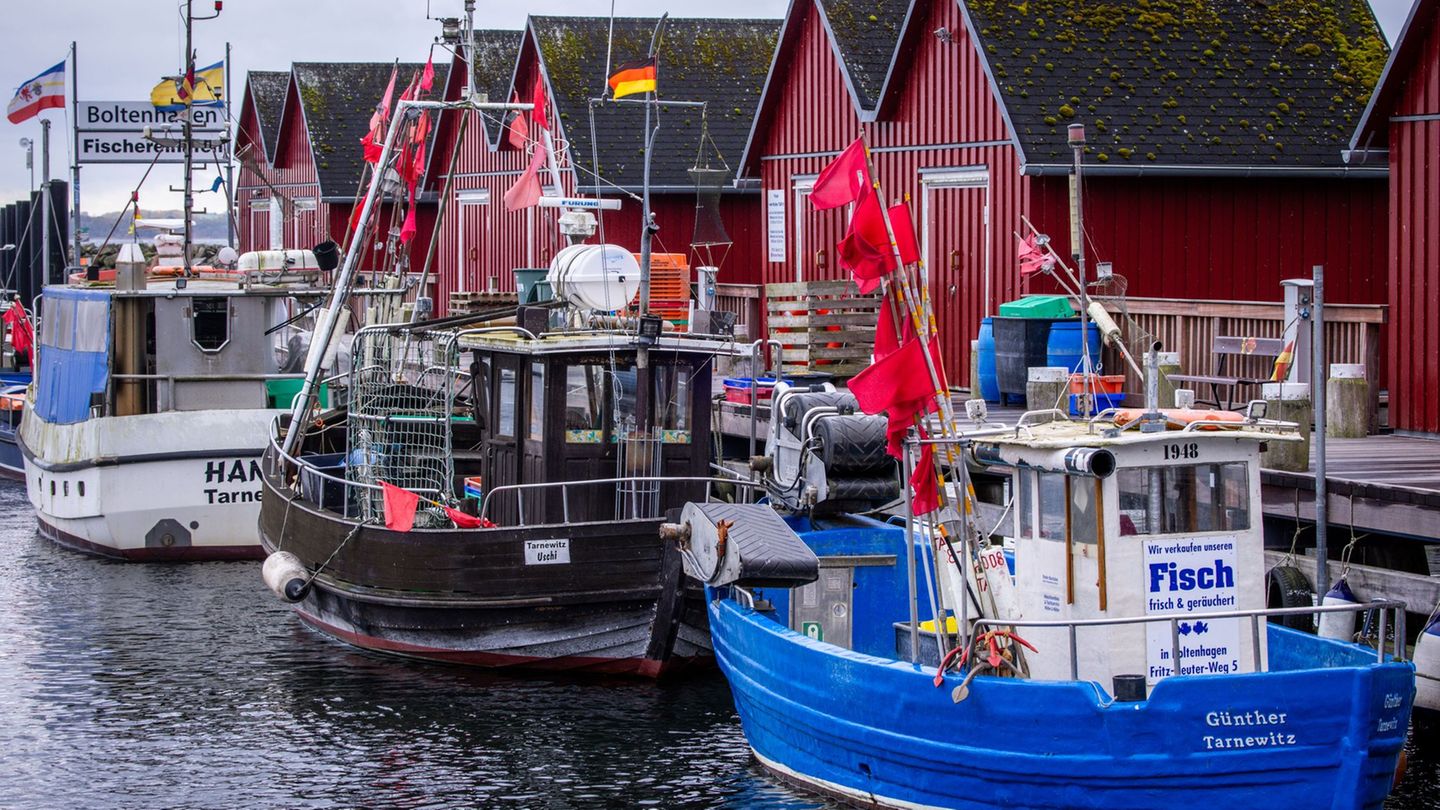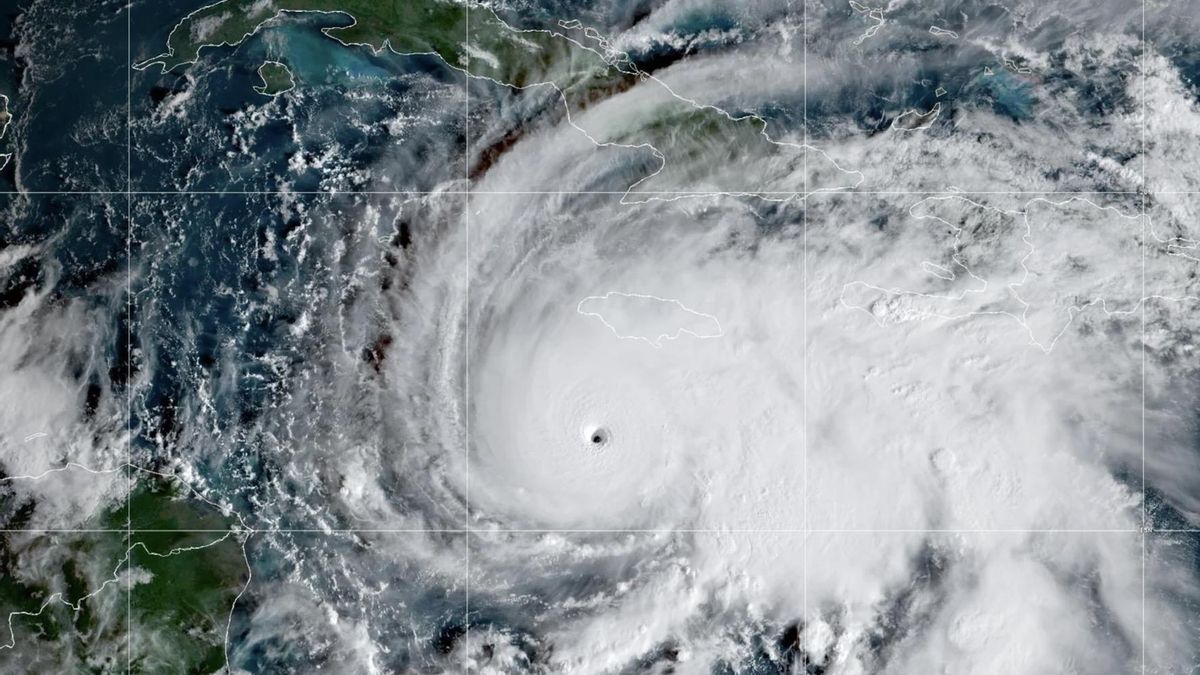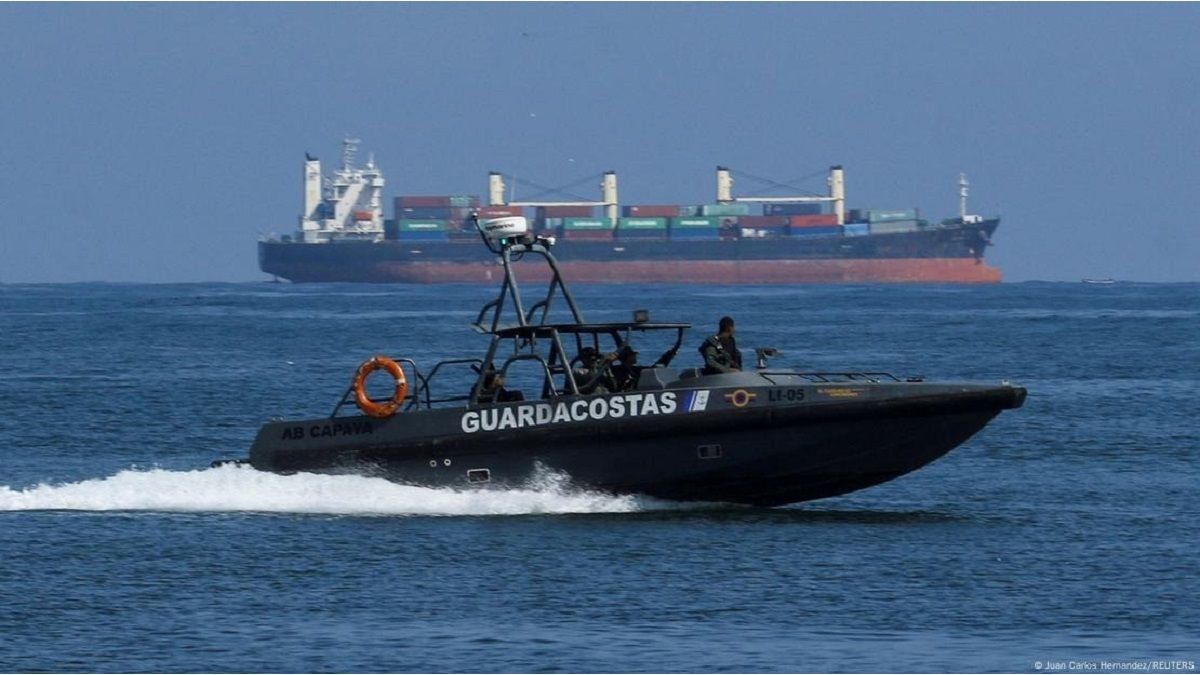fishing
Hardly any new restrictions for Baltic Sea fishermen – Backhaus is happy
Copy the current link
Add to watchlist
Despite warnings from the EU Commission, catches for cod and herring remain stable. Why countries do not follow the recommendations of the Brussels authority and why environmentalists criticize them.
Despite the persistently poor conditions of many stocks in the Baltic Sea, German fishermen will not have to accept any major losses in permitted catch quantities in the future. For the cod and herring stocks in the western part of the inland sea, which are important for German Baltic Sea fishermen, the permitted catch amount will not change next year, as the Ministry of Agriculture announced. According to the decision taken by the EU states in Luxembourg, the amount of plaice will be slightly reduced by minus 3 percent, while the amount of sprat will increase by 45 percent.
The EU states are thus allowing their fishermen to catch significantly higher amounts than suggested by the European Commission. In the summer, in order to protect stocks, she actually recommended that the catch for western herring be halved and that for western cod be reduced by 84 percent.
MV Minister Backhaus welcomes “stable conditions”
In Schwerin, Agriculture Minister Till Backhaus (SPD) was pleased. “For Mecklenburg-Western Pomerania’s fisheries, this does not mean any additional restrictions compared to the current year.” The targeted fishing for cod and herring in the western Baltic Sea remains fundamentally closed, he explained. “But small-scale coastal fisheries will still be allowed to catch herring to a limited extent using passive fishing gear, such as gillnets or traps, in 2026.” It has been possible to stabilize the conditions for coastal fishermen in the country – “albeit at a very low level” – and to give them planning security.
Exceptions remain
Federal Agriculture Minister Alois Rainer (CSU) said that fishing is a unique cultural asset and a piece of home. “We have to preserve that,” said the politician. The decision is a balance between protection and use of fish stocks.
German Baltic Sea fishermen will continue to be allowed to specifically catch herring using small boats and passive fishing gear such as gill nets. In addition, a certain amount may be caught as bycatch when fishing for other species. A bycatch regulation for western Baltic Sea herring will also be maintained.
“The situation in the Baltic Sea remains serious”
“Unfortunately, the situation in the Baltic Sea remains serious,” said Denmark’s Fisheries Minister Jacob Jensen. Denmark currently holds the regularly rotating presidency among the EU states. Climate change, overfishing and other factors have affected stocks in the Baltic Sea in recent years.
Environmentalists have long warned that stocks could collapse. Nabu, for example, is now criticizing that the decision makes neither ecological nor economic sense, “but rather repeats the political failure of recent years.” In a joint statement, several environmental associations, including WWF, BUND and Deutsche Umwelthilfe, said that the catch levels for 2026 were endangering the Baltic Sea ecosystem.
EU countries do not have to adhere to the Commission proposal
Every year, the Commission prepares proposals on how much fish can be caught from EU seas, based on scientific recommendations from the International Council for the Exploration of the Sea (ICES). The final decision on the quantities is made by the fisheries ministers of the EU countries. You don’t have to follow the recommendations.
dpa
Source: Stern




